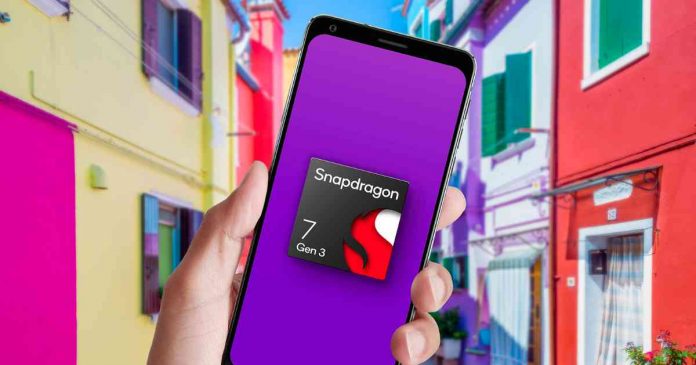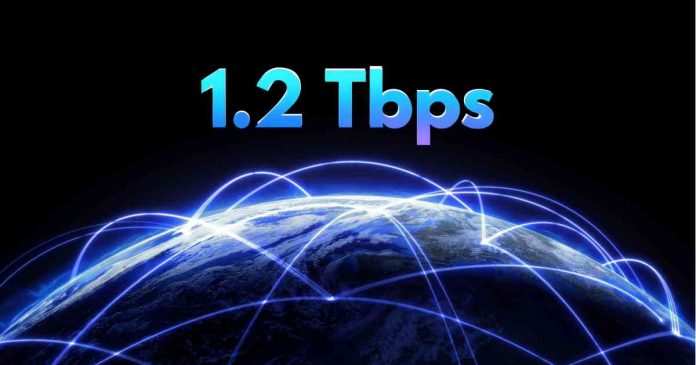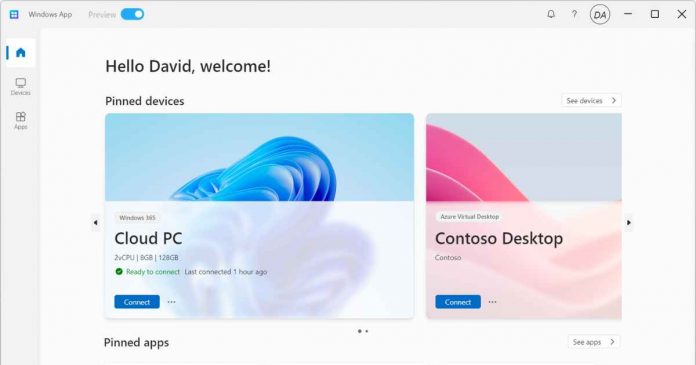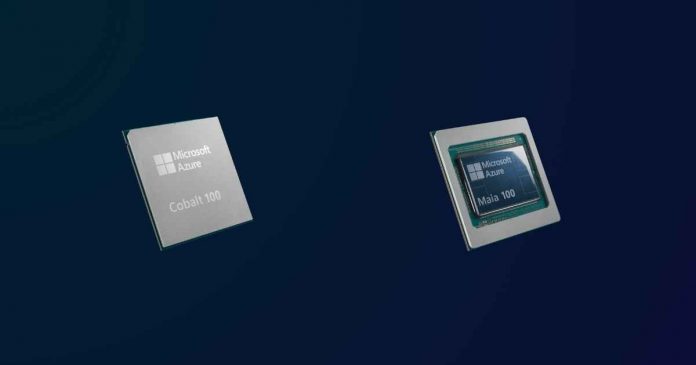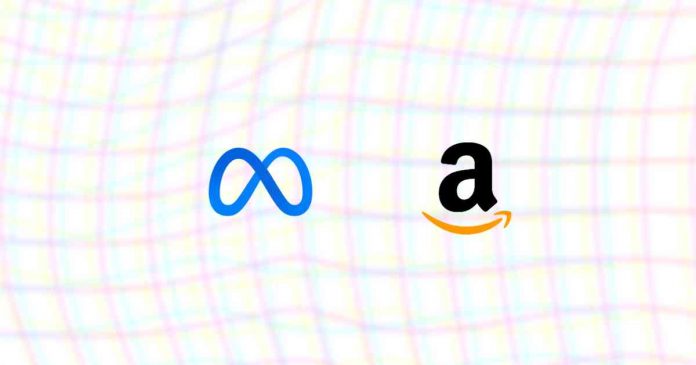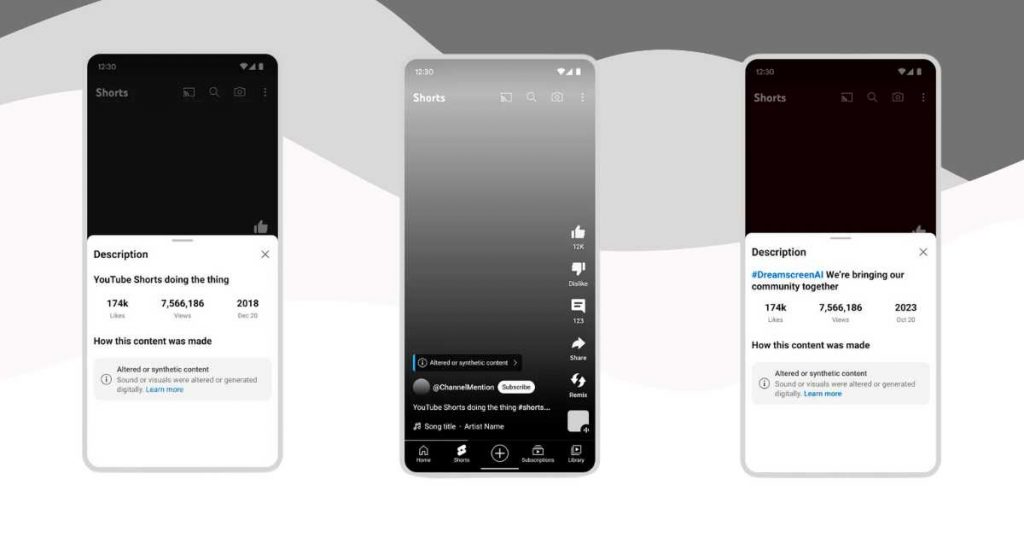Microsoft has announced the hiring of OpenAI co-founders Sam Altman and Greg Brockman to lead a new advanced AI research team. Their leadership is expected to bring a fresh perspective and drive to Microsoft’s AI initiatives.
The announcement comes on the heels of a tumultuous week at OpenAI, where the board’s decision to dismiss Altman led to a wave of departures, including that of co-founder Brockman. Microsoft’s CEO, Satya Nadella emphasized that this new team would be provided with all necessary resources to succeed, indicating Microsoft’s serious investment in AI as a key area of future growth.
Sam Altman, who has been the face of OpenAI and a prominent figure in the AI industry, will now serve as the chief executive of Microsoft’s newly formed AI group. Altman’s leadership at OpenAI was marked by significant advancements and contributions to the AI field, making his new role at Microsoft a subject of great anticipation and interest.
Microsoft’s investment in OpenAI, totaling over $10 billion, and its nearly 50% ownership stake, have been instrumental in shaping its AI strategy. By bringing Altman and Brockman on board, Microsoft not only enhances its own AI capabilities but also ensures that these influential minds continue to drive innovation within its ecosystem.
While Microsoft celebrates this coup, OpenAI faces a period of uncertainty. The departure of its leaders and key talents, including CTO Mira Murati, has raised questions about its future direction and pace of innovation. The board’s decision to appoint former Twitch CEO Emmett Shear as interim chief has been met with mixed reactions, adding to the organization’s challenges.



